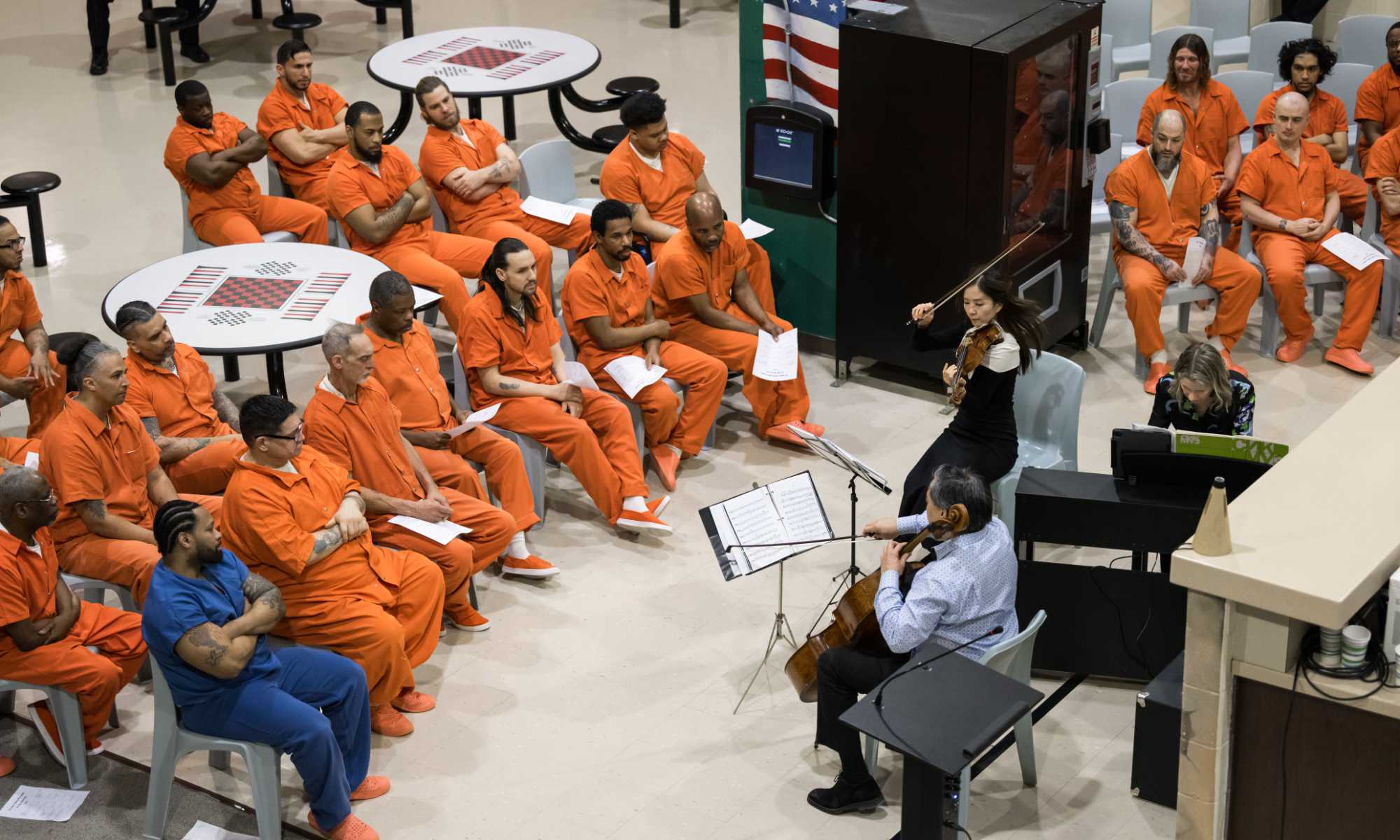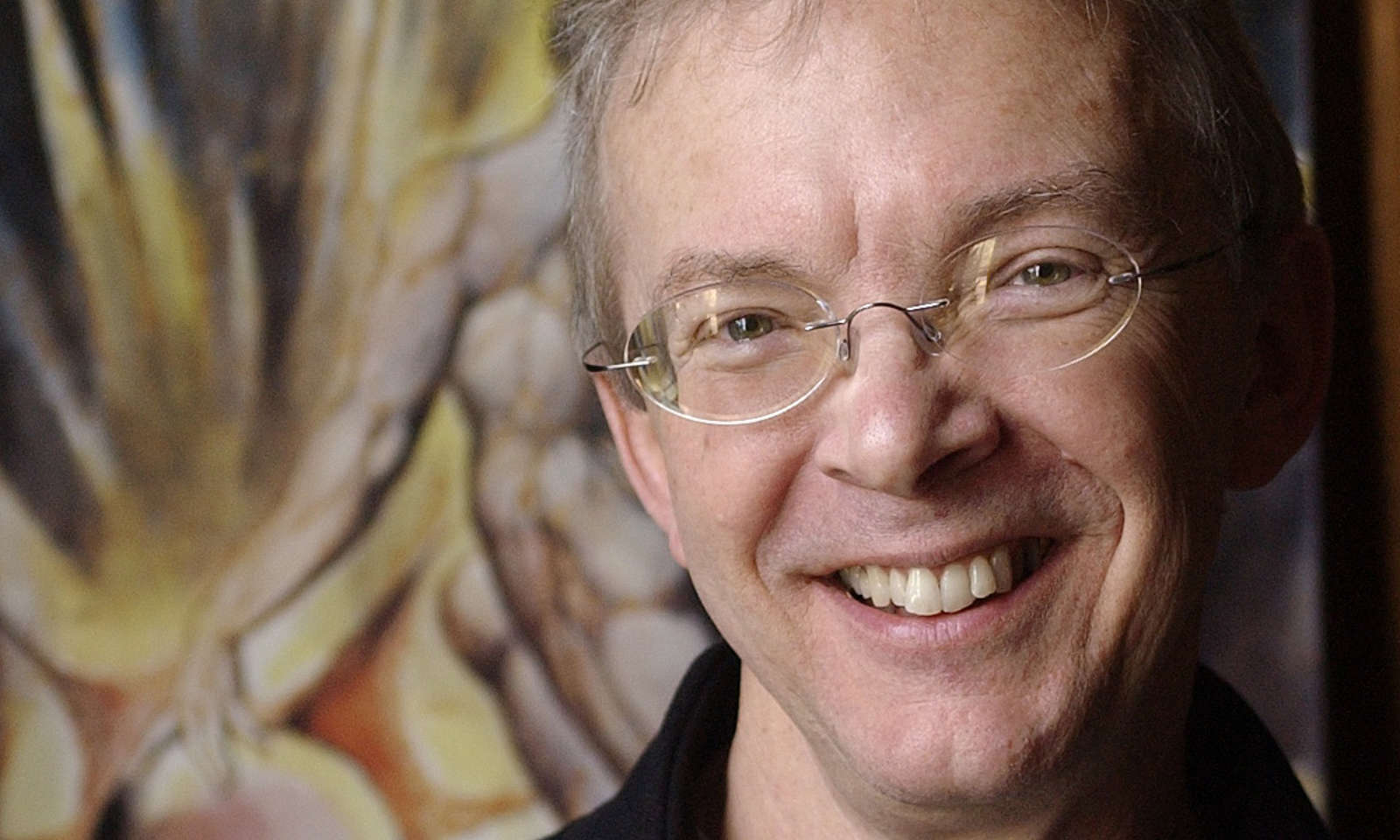Although AIDS is no longer the subject of his work, art and cultural critic Douglas Crimp—the Fanny Knapp Allen Professor of Art History and a professor of visual and cultural studies—played a central scholarly role in the first two decades of the AIDS crisis. He examined how we think and talk about the disease and people directly affected by it, the language we use, our ideas about science and medicine, our conceptions of public and private, and our notions of health and illness, sex and death.
In 1987, Crimp—then a coeditor of the art journal October—put together a special issue titled AIDS: Cultural Analysis, Cultural Activism, a series of critical essays on the culture of the disease. MIT Press published it as a book a year later, the first book-length treatment of the cultural meaning of AIDS. He followed with two other books on AIDS: AIDS Demo Graphics (Bay Press, 1990) and Melancholia and Moralism: Essays on AIDS and Queer Politics (MIT Press, 2002).
Crimp also took his ideas off the page and into the world of activism, as a member of the group AIDS Coalition to Unleash Power, better known as ACT UP.
In the early days of the AIDS epidemic, you wrote that we can’t know AIDS apart from our representations of it. What did you mean?
Any entity, or any question, is something that we know through our various means of knowing—language, scientific inquiry, the way we apprehend it through its media representations. And certainly in the early days of AIDS, when it was a kind of mystery, I—and those of us who were immediately affected by it—became especially attentive to the ways it was represented, in terms of trying to understand what this new disease that people were getting could be, the hysteria that surrounded it, and the ways that people were being represented in the media. Of course, that included gay men, of whom I’m one.
The ways that our lives were affected [by AIDS] were so dependent on a whole array of representations. So that statement is a provocative one—but it really matters how something is represented.
Early on, some people argued that AIDS might inspire great art, but that art had no explicit social role to play in fighting the epidemic. You countered that claim, calling for an “activist aesthetic practice,” in which art could help save lives by intervening in the social world. “We don’t need to transcend the epidemic; we need to end it,” you wrote in 1987. How was that received?
There was a lot of controversy about my demand for activist art practices, and my apparent hostility to what I called “elegiac ones.” I revised that position pretty quickly. My book Melancholia and Moralism is a collection of everything I wrote on AIDS. Included in that book is the first essay I wrote after the special issue of October, called “Portraits of People with AIDS.” It was, again, quite polemical, opposing what I thought were phobic images of people with AIDS and supporting other kinds of images of people with AIDS, including a video called Danny by Stashu Kybartas, a beautifully elegiac work about a person who died of AIDS. So already I was aware that there were other important means of responding to the epidemic that were not so obviously activist.
What do you think of how AIDS is represented now?
That’s a really complicated question. It’s not so much represented in the culture now, of course, and that’s a problem. We still have a very active epidemic in this country and in the world. And the degree to which there is still an enormous amount of transmission has to do in part with the fact that it’s not something that people—including the media—pay attention to.
The people in this country who are disproportionately affected are still gay men, particularly gay men of color, and IV drug users. And a lot of the men who transmit the virus to other men don’t identify with the kind of mainstream gay culture that is widely represented now, which purports to be a culture of marriage and of committed relationships. It’s no longer one of sexual promiscuity, even though promiscuity is very much alive and well in the culture.
One way that one could imagine AIDS receiving the wide public recognition that it needs at this point is if it were linked to what we in the activist movement demanded: “health care as a right.” AIDS is an issue in the same way all kinds of health problems are an issue. If you have HIV and are lucky enough to have health insurance, you will perhaps be able to get one of the enormously expensive drugs, drugs that might cost about $10,000 to $12,000 a year. AIDS is one of the preexisting conditions [that the Affordable Care Act requires insurance companies to cover]. But now Donald Trump has been elected president and the Republicans will control whether or not the Affordable Care Act survives, or survives in any form that makes it at all effective.
Do you think How to Survive a Plague, the new book by David France that chronicles the work of groups such as ACT UP (and the documentary film of the same name that preceded it) will help bring AIDS back to wider public consciousness?
How to Survive a Plague concentrates on one very particular aspect of what we as activists did—changing the drug approval process and speeding up availability of the drugs that actually did save people’s lives. But it’s only one aspect of what we did, and it misses wider questions, particularly about income inequality and access to health care in this country. The book is going to get a lot of attention, and that’s fine. It will bring AIDS back into consciousness, but it will bring it into consciousness in a very particular way—as a heroic story of AIDS activists. The people at the center of the film are all white, but that wasn’t the composition of the movement itself. And there were many more issues in the AIDS activist movement than France took on, including homelessness and AIDS. And activists changed the way that people with AIDS were regarded.
How so?
There was a kind of fear and loathing of people with AIDS. There was hysteria. There was talk of quarantine. People wouldn’t touch people with AIDS. Nurses in hospitals wouldn’t attend to people with AIDS. It was a crisis.
I’ve written about early TV portrayals of people with AIDS and how phobic they were. There’s a story that at one point [the advocacy group] Gay Men’s Health Crisis put forward a spokesperson for a TV appearance, a person who had AIDS, and a producer said no, that person doesn’t look sick enough. We want somebody who looks really sick. They wanted somebody who looked terrifying, somebody who had Kaposi’s sarcoma lesions all over a bloated face. And that’s what they got eventually. It was a courageous person who agreed to appear. But at the same time, had the TV producers chosen someone who looked like your brother or your father, it would have helped humanize AIDS. And I think that’s what we did as activists, in various ways. We provided different pictures of people with AIDS. And one of those pictures was people fighting for our own lives, standing up for ourselves, and not simply passively fading away and dying.
Related stories:
“I remember the courage with which they faced the unknown.” December 1, 2016
8,000 posters, one collection December 1, 2016
News from the front lines of the AIDS fight December 1, 2016
Magic Johnson’s HIV bombshell, 25 years later December 1, 2016



